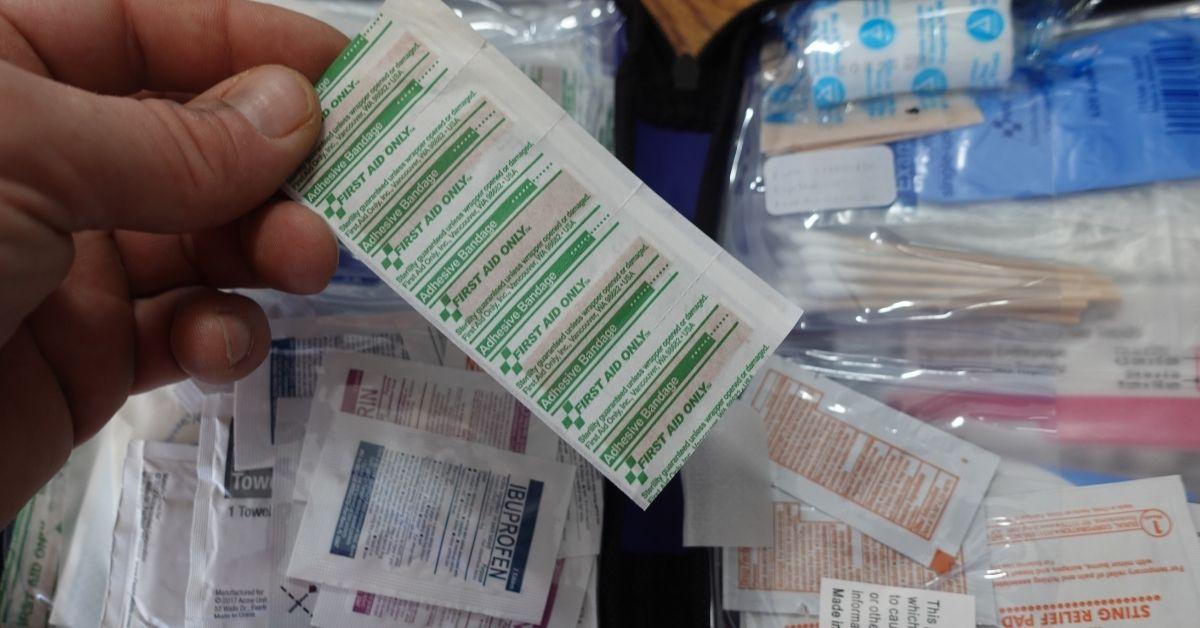Fishing First Aid: What You Need To Know And What You Need To Bring
Hooks impaled in your skin, cuts from a fish’s sharp fins, and other fishing-related wounds can be immediately treated by carrying some basic medical supplies. Accidents happen on the water so you need to be prepared for those mishaps by carrying a first-aid kit to help you treat minor injuries and keep you fishing.
One of my recent fishing trips illustrated the need for a properly prepared first-aid kit. My fishing partner accidentally buried the treble hook of a lipless crankbait in his finger. The hook was buried beyond the barb so he was unable to dislodge it without help. I used the line trick of wrapping heavy monofilament around the hook shaft and dislodged the hook with a sharp jerk of the line.
When his wound kept bleeding I dug into my first-aid kit and gave him a Band-Aid. Unfortunately, the Band-Aids in my first aid kit was old and the adhesive of the bandages wouldn’t stick, so he had to wrap his finger with an old rag until the bleeding stopped.
The lesson I learned that day was a first-aid kit is useless if you don’t check your kit to make you’re the medications haven’t expired and the bandages and ointments are still usable.
My first-aid box was a premade kit that carried some basic supplies and was small enough to fit in the glove compartment of my boat. Whether you buy a pre-made kit or make your own first-aid kit, you need to consider what medical supplies and tools would be necessary for your fishing trips.
Here are some basic items your first-aid kit for fishing should contain:
- Adhesive bandages in assorted sizes
- Gauze
- Antibiotic ointment
- Aspirin
- Antiseptic towelettes
- Hand sanitizer
- Tweezers
- Razor blade
- Scissors
If you fish from the bank, you should add an insect repellant, tick-removal tool and bee sting medication to your first-aid kit.
Knowing how to use the items in your first-aid kit ensures you can properly treat wounds caused by fishing accidents. When I applied for my Coast Guard captain’s license to become a fishing guide, I was required to take CPR and first-aid classes.
You can learn some first-aid tips from the premade first-aid kits reference guides or you can obtain first-aid tip booklets that provide basic instructions for minor wounds. For more comprehensive training you can take a first-aid class offered by the Red Cross or other health care organizations.
Some other safety essentials I always take on my fishing trips are sunglasses, sunscreen and a lip balm with UV protection. Sunglasses will protect your eyes from harmful sun rays and serve as a shield from misguided hooks and sinkers. If I am fishing in cold weather I also carry some spare clothing in case I take an unexpected dip in the water.
Updated March 26th, 2021 at 5:23 AM CT


